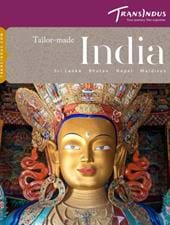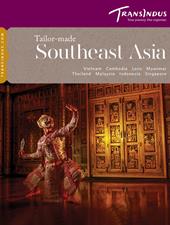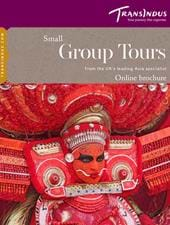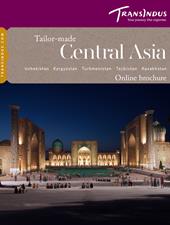Over 1,200 different species of bird are present in India, one hundred of them endemic. The reason for this world-beating abundance is the broad variety of habitats, which range from deserts to ice peaks, river deltas, mangroves and huge variety of forests. The best time for birding is between October and April, when migratory species over-winter in India. Each region has its own hotspots, the majority of them in national parks that tend to be better known for their large mammals but offer a wealth of avine interest too. Our bird-focussed trips tend to be tailor-made, so you can decide which habitat zones or species interest you the most and design your holiday accordingly. Whichever reserves you visit, you’ll be accompanied by expert naturalist guides.
Where Best to Bird-Watch in India:
In the Himalayan foothills to the northeast of Delhi, Rajaji is one of the best places in India to see forest birds, including 11 species of woodpecker, three kinds of hornbill (among them the ultra-rare great pied hornbill) and five different barbets. Limits are imposed on the number of visitors permitted to enter the park at any one time, but our team will be able to arrange all the necessary paperwork in advance, as well as a birding specialist guide to accompany you.
Midway between Agra and Jaipur on the Golden Triangle circuit, Keoladeo is India’s foremost birding hotspot. Centred on a shallow lake, it formerly served as the private duck shooting reserve of the Maharaja of nearby Bharatpur. The lakeshore and surrounding marshland accommodate 190 species of migrants each winter, and 230 kinds of resident. They include pelicans, painted storks and the majestic Sarus crane. Safaris are conducted on foot or by bicycle.
On the banks of the Periyar River in the state of Kerala, Thattekad is South India’s top bird reserve, with a wealth of forest as well as water species present. Among them are the elusive Sri Lankan frogmouth, white-bellied treepie, Malabar grey hornbill, blue-winged parakeets, Wayanad laughingthrushes and the vibrant Malabar trogon. Accommodation is in luxurious camps sited along the riverfront, and safaris are conducted on foot, by boat and kayak.








